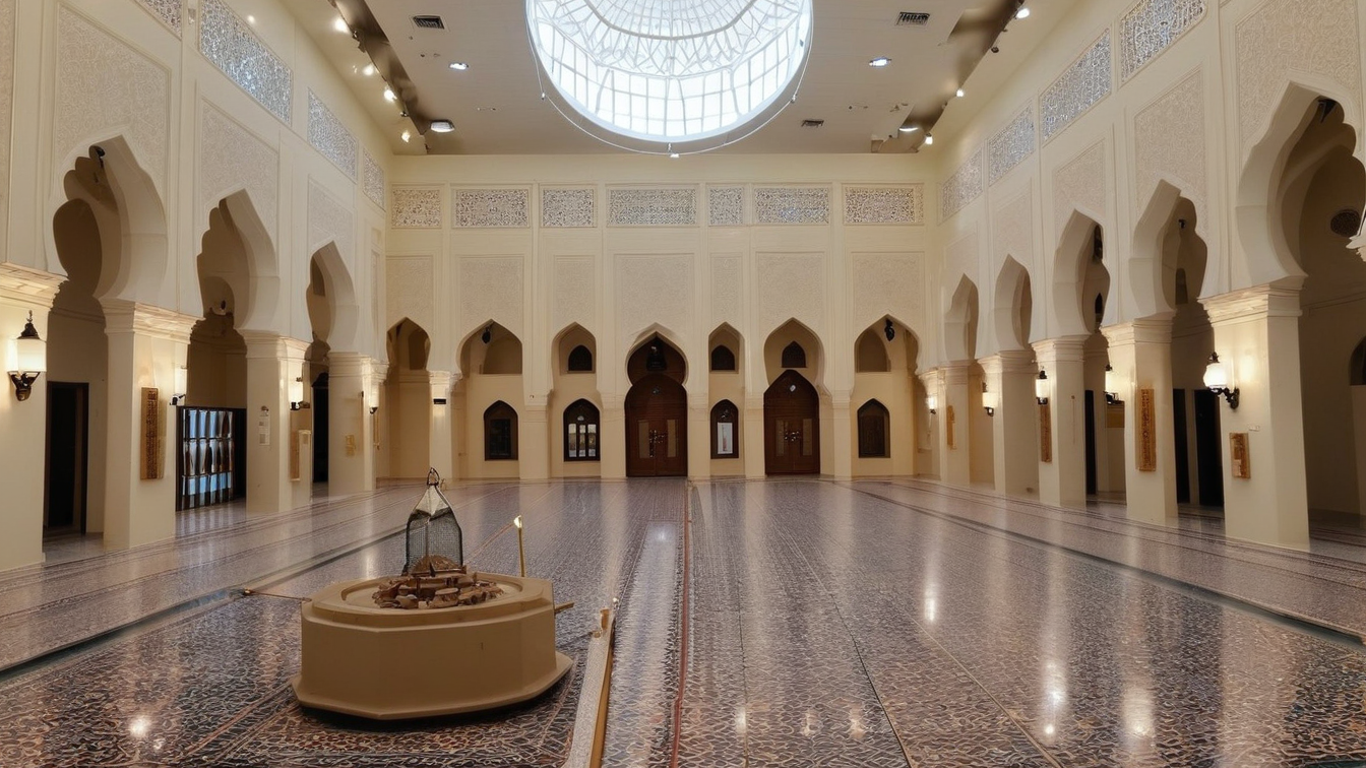 Museums
Museums
Discover the Sharjah Museum of Islamic Civilization: A Mesmerizing Journey Through 1400 Years of Islamic Heritage
Imagine walking through golden-domed corridors where the echoes of Islamic civilization's greatest achievements resonate through time. The Sharjah Museum of Islamic Civilization stands as the UAE's crown jewel of cultural heritage, housing over 5,000 extraordinary artifacts that span thirteen centuries of Islamic history. This isn't just a museum—it's a portal to understanding how Islamic scholars, artists, and innovators profoundly influenced science, art, and culture across continents.
Located majestically along the Al-Majarrah Waterfront in the heart of Sharjah, this extraordinary institution represents the first museum of its kind in the United Arab Emirates. The Sharjah Museum of Islamic Civilization transforms what was once a traditional Middle Eastern souq into a state-of-the-art cultural destination that captivates visitors from around the globe.
The Remarkable Story Behind Sharjah Museum of Islamic Civilization
The journey of the Sharjah Museum of Islamic Civilization began in 1996 when the Islamic Museum first opened its doors in Sharjah's Heritage Area. Under the visionary leadership of His Highness Sheikh Dr. Sultan bin Muhammad Al Qasimi, Supreme Council Member and Ruler of Sharjah, this cultural treasure underwent a dramatic transformation.
The museum's current home carries its own fascinating history. Originally constructed as Souq Al Majarrah in 1987, designed by renowned architects Halcrow International, this building served as a traditional marketplace where locals and visitors could find exquisite textiles, handcrafted items, and traditional goods. The souq's distinctive Islamic architecture, with its sweeping arches and intricate geometric patterns, made it an architectural landmark in its own right.
On June 6, 2008, the Sharjah Museum of Islamic Civilization was reborn in this magnificent setting. The transformation preserved the building's original architectural beauty while creating sophisticated gallery spaces that showcase Islamic civilization's profound contributions to humanity.
The museum's tenth anniversary in November 2018 was marked by the extraordinary exhibition "Crossroads: Cultural Exchange between the Islamic Civilization, Europe and Beyond," mounted in collaboration with the prestigious Museum of Islamic Art in Berlin. This celebration highlighted the museum's role as a bridge between cultures and civilizations.
Architectural Marvel: Where Form Meets Function
The Sharjah Museum of Islamic Civilization is housed in a breathtaking architectural masterpiece that captivates visitors before they even step inside. The building's most striking feature is its magnificent golden dome, which gleams like a beacon along Corniche Street. This dome isn't merely decorative—inside, visitors discover a stunning mosaic depicting zodiac constellations, connecting earthly knowledge with celestial wisdom.
The museum's elongated structure stretches elegantly along the waterfront, its facade adorned with traditional Islamic geometric patterns and graceful arches. Stained glass windows cast colorful patterns across marble floors, creating an atmosphere that seamlessly blends reverence with wonder. The building's design thoughtfully incorporates both indoor and outdoor spaces, with comfortable seating areas and contemporary amenities that ensure visitor comfort without compromising the authentic Islamic aesthetic.
Seven Galleries of Wonder: Exploring the Museum's Treasures
The Sharjah Museum of Islamic Civilization organizes its magnificent collection across seven thematic galleries, each offering unique insights into different aspects of Islamic culture and achievement. This thoughtful curation ensures that visitors experience a comprehensive journey through Islamic civilization's rich tapestry.
Abu Bakr Gallery of Islamic Faith: The Foundation of Belief
Your journey begins in the Abu Bakr Gallery of Islamic Faith, where the fundamental principles of Islam come alive through extraordinary artifacts and interactive displays. This gallery introduces visitors to the Five Pillars of Islam—Faith, Prayer, Fasting, Zakat (charity), and Hajj (pilgrimage)—through compelling visual presentations and authentic historical objects.
One of the gallery's most remarkable treasures is a section of the Kiswah, the precious silk and gold-embroidered covering that drapes the sacred Kaaba in Mecca. The Sitara, also known as "Al Burda" or "Al Burqu'a," was woven under the patronage of King Fahd bin Abdulaziz Al Saud, and its presence in the Sharjah Museum of Islamic Civilization allows visitors to connect with the spiritual heart of Islam.
The gallery also houses rare historical Quran manuscripts, including a copy believed to belong to Uthman ibn Affan, the third Caliph who ruled from 644-656 AD. These ancient texts showcase the evolution of Arabic calligraphy and the meticulous care taken to preserve Islam's holy book throughout centuries.
Interactive models and photographs illustrate mosque architecture from around the world, demonstrating how Islamic architectural principles adapted to different cultures and climates while maintaining their essential spiritual elements. Early black and white photographs of Sharjah citizens embarking on the arduous Hajj pilgrimage provide poignant glimpses into the devotion and determination of past generations.
Ibn Al-Haytham Gallery of Science and Technology: Where Innovation Meets Inspiration
Perhaps no gallery better illustrates the Sharjah Museum of Islamic Civilization's mission to educate and inspire than the Ibn Al-Haytham Gallery of Science and Technology. Named after the renowned 11th-century Islamic polymath Abu Ali al-Hasan ibn al-Hasan ibn al-Haytham—known in the West as Alhazen—this gallery showcases the extraordinary scientific achievements that emerged from the Islamic world.
The gallery's crown jewel is its exceptional collection of astrolabes, those ingenious instruments that served as analog computers for astronomical, astrological, and navigational calculations. These sophisticated devices, originally perfected by Islamic scientists between 600-1100 AH (1200-1400 AD), represent one of humanity's greatest technological achievements. Visitors are often amazed to learn that these intricate brass instruments could determine time, measure latitudes, observe star positions, and locate destinations—truly indispensable tools for advancing civilization.
Interactive three-dimensional models allow visitors to understand how Islamic scholars revolutionized fields including astronomy, medicine, mathematics, chemistry, engineering, and marine navigation. Children particularly enjoy the hands-on exhibits that demonstrate mechanical and physical principles through working models, making complex scientific concepts accessible and engaging.
The gallery's comprehensive displays reveal how Islamic scientists built upon Greek, Persian, Indian, and Babylonian knowledge while making groundbreaking original contributions. These innovations later traveled to Europe, forming the foundation for the Renaissance and modern scientific revolution.
Islamic Art Galleries 1-4: A Chronological Journey Through Artistic Excellence
The Sharjah Museum of Islamic Civilization dedicates four magnificent galleries to Islamic art, presenting a chronological journey spanning from the 7th to the 20th centuries. This thoughtful organization allows visitors to witness the evolution of Islamic artistic expression across different periods, regions, and cultural influences.
Islamic Art Gallery 1 focuses on the formative period from the 1st to 7th centuries AH (7th to 13th centuries AD), when Islamic civilization expanded from the Arabian Peninsula to the Atlantic Ocean in the west and China's borders in the east. The gallery's pottery, metalwork, woodcarvings, manuscripts, and textiles demonstrate how Islamic artisans absorbed and transformed Hellenistic and Persian traditions, gradually developing distinctive Arab-Islamic styles characterized by geometric patterns, floral motifs, and elegant calligraphy.
Islamic Art Gallery 2 explores the post-Mongol period from the 7th to 13th centuries AH (13th to 19th centuries AD), featuring artifacts from the three great Islamic empires: the Ottomans, Safavids, and Mughals. These competing powers, based respectively in the Mediterranean, Iran, and South Asia, created a period of remarkable cultural cross-pollination and artistic flowering that visitors can explore through exquisite ceramics, illuminated manuscripts, and decorative objects.
Islamic Art Galleries 3-4 present works from the 13th to 14th centuries AH (19th to 20th centuries AD), a period marked by increasing European influence and the challenges of modernization. These galleries showcase how traditional Islamic artisans adapted to competition from mass-produced Western goods while maintaining their cultural identity. The weapons displayed here, often ceremonial rather than functional, represent the transition from practical tools to decorative art forms and diplomatic gifts.
The Magnificent Coin Collection: Tracing Islamic Economic History
The Sharjah Museum of Islamic Civilization houses an outstanding collection of early Islamic coins displayed in the atrium outside the Al Majarrah Gallery. These golden dinars and silver dirhams from the Umayyad and Abbasid periods tell the fascinating story of Islamic economic development and political evolution.
The coin collection provides unique insights into Islamic history, as these pieces often feature calligraphy, religious inscriptions, and political statements that reflect the values and priorities of different rulers and periods. Visitors can trace the expansion of Islamic civilization through the geographical origins of these coins, which represent trade networks stretching from Spain to Central Asia.
Temporary Exhibition Gallery: A Window to Contemporary Islamic Culture
The Sharjah Museum of Islamic Civilization maintains its relevance and freshness through world-class temporary exhibitions held twice yearly in a dedicated gallery space. These rotating displays often explore contemporary themes, showcase artifacts from partner institutions worldwide, or delve deeper into specific aspects of Islamic culture and history.
Past exhibitions have featured collaborations with prestigious institutions like the Museum of Islamic Art in Berlin, demonstrating the museum's commitment to international cultural exchange and scholarly cooperation.
Planning Your Visit to Sharjah Museum of Islamic Civilization
Location: Corniche Street, Al Majarrah area, Heart of Sharjah, United Arab Emirates
Opening Hours:
Saturday to Thursday: 8:00 AM - 8:00 PM
Friday: 4:00 PM - 8:00 PM
Ramadan Hours: Saturday to Thursday: 9:00 AM - 2:00 PM
Admission:
Adults: AED 10
Children (2-12 years): AED 5
Children under 2: Free
Senior citizens and people of determination: Free
Free admission during Ramadan and certain public holidays
Contact: +971 6 565 5455
The Sharjah Museum of Islamic Civilization is conveniently located opposite Sharjah Creek, making it easily accessible by car, taxi, or public transportation. The museum provides comfortable amenities including rest areas, clean restrooms, and accessibility features for visitors with special needs.
Most visitors recommend allocating at least half a day to fully appreciate the museum's extensive collections. The interactive exhibits and detailed information panels reward careful exploration, and the comfortable seating areas throughout the galleries encourage contemplative viewing.
Family-Friendly Features and Educational Programs
The Sharjah Museum of Islamic Civilization excels as a family destination, offering engaging experiences for visitors of all ages. Children particularly enjoy the interactive science exhibits in the Ibn Al-Haytham Gallery, where they can experiment with mechanical and physical principles through hands-on models.
Every Saturday, the museum hosts "Drop-In Workshops" for children aged 6-12 and their families. These interactive sessions include hands-on activities with materials and instructions provided for independent exploration. The museum's reception staff provides information about current workshops and special programs.
For visitors with special needs, the museum offers both sign language and tactile tours with advance booking. These services can be arranged by calling +971 6 556 6002 or emailing info@sma.gov.ae.
The Sharjah Museum Experience: What Visitors Say
Travelers consistently praise the Sharjah Museum of Islamic Civilization for its comprehensive and well-curated exhibits. Visitors frequently express amazement at the depth and breadth of the collection, with many noting that they learn something new with each visit. The astrolabe display receives particular acclaim, especially from travelers who have encountered similar instruments in their journeys to Morocco and other Islamic regions.
The museum's architecture draws as much praise as its collections, with visitors appreciating the beautiful Islamic design elements, intricate details, and the magnificent golden dome. The building itself is considered worthy of a visit independent of the exhibits it houses.
Many reviewers emphasize the museum's educational value, noting how clearly the exhibits present Islamic achievements in engineering, science, religion, calligraphy, and literature. The informative displays provide essential context that helps visitors understand Islam's profound contributions to world civilization.
Exploring Sharjah: Complementary Attractions Near the Museum
The Sharjah Museum of Islamic Civilization's prime location in the Heart of Sharjah places it within walking distance of numerous other cultural attractions. The nearby Sharjah Heritage Area offers traditional architecture, authentic souks, and cultural performances that complement the museum experience.
Just steps away, visitors can explore the Holy Quran Museum, which houses an additional collection of antique Kiswah pieces and provides deeper insights into Islamic religious traditions. The Sharjah Maritime Museum offers marine artifacts that tell the story of the UAE's seafaring heritage, while the Sharjah Archaeological Museum displays treasures spanning 500,000 years of regional history.
The Al Noor Mosque, an architectural masterpiece inspired by Ottoman design, welcomes non-Muslim visitors for guided tours. Its serene ambiance and intricate design perfectly complement the themes explored in the Sharjah Museum of Islamic Civilization.
For a complete cultural experience, consider visiting during one of Sharjah's many festivals, when the entire Heritage Area comes alive with traditional music, dance, and artisan demonstrations that bring the museum's artifacts to vivid life.
The Museum's Global Significance and Future Vision
The Sharjah Museum of Islamic Civilization serves as more than a repository of artifacts—it functions as a bridge between cultures and a testament to Islamic civilization's universal contributions. The museum's commitment to international collaboration, evident in partnerships with institutions like the Museum of Islamic Art in Berlin, demonstrates its role in global cultural dialogue.
The museum's educational mission extends beyond its walls through digital initiatives, traveling exhibitions, and scholarly publications that share Islamic cultural heritage with audiences worldwide. This commitment to accessibility and education ensures that the Sharjah Museum of Islamic Civilization remains relevant and impactful for future generations.
As Sharjah continues to develop as a cultural destination—highlighted by its designation as UNESCO World Book Capital in 2019—the museum plays an increasingly important role in attracting culturally curious travelers from around the globe.
A Journey Worth Taking: Why the Sharjah Museum of Islamic Civilization Matters Today
In our interconnected world, understanding different cultures and civilizations has never been more important. The Sharjah Museum of Islamic Civilization offers visitors an opportunity to move beyond stereotypes and misconceptions, providing authentic insights into a civilization that profoundly shaped human knowledge and artistic expression.
The museum's artifacts tell stories of innovation, creativity, and cultural exchange that resonate with contemporary global challenges. From the astrolabes that enabled ancient navigation to the manuscripts that preserved classical knowledge through dark ages, these objects remind us of humanity's shared intellectual heritage.
For travelers seeking authentic cultural experiences, the Sharjah Museum of Islamic Civilization provides an unparalleled opportunity to engage with Islamic civilization's rich legacy. Whether you're interested in science, art, religion, or history, the museum offers discoveries that will enrich your understanding and appreciation of Islamic culture's ongoing contributions to our world.
The museum's location along the scenic Al-Majarrah Waterfront, combined with its world-class facilities and expert curation, makes it an essential destination for anyone visiting the UAE. The experience transcends mere tourism, offering genuine opportunities for cultural learning and personal growth.
As you plan your visit to the United Arab Emirates, make sure the Sharjah Museum of Islamic Civilization features prominently on your itinerary. This extraordinary institution offers more than a museum visit—it provides a transformative journey through one of humanity's most influential civilizations, presented in a setting of architectural beauty and scholarly excellence that will leave lasting impressions on visitors of all backgrounds and interests.
Ready to Embark on Your Journey Through Islamic Civilization?
Plan your visit to the Sharjah Museum of Islamic Civilization today and discover how thirteen centuries of Islamic culture, science, and art continue to inspire and educate visitors from around the world. Have you visited this remarkable museum? Share your experience and help fellow travelers discover the wonders of Islamic civilization!
For the latest information on exhibitions, special events, and visitor services, visit the official Sharjah Museums Authority website at www.sharjahmuseums.ae
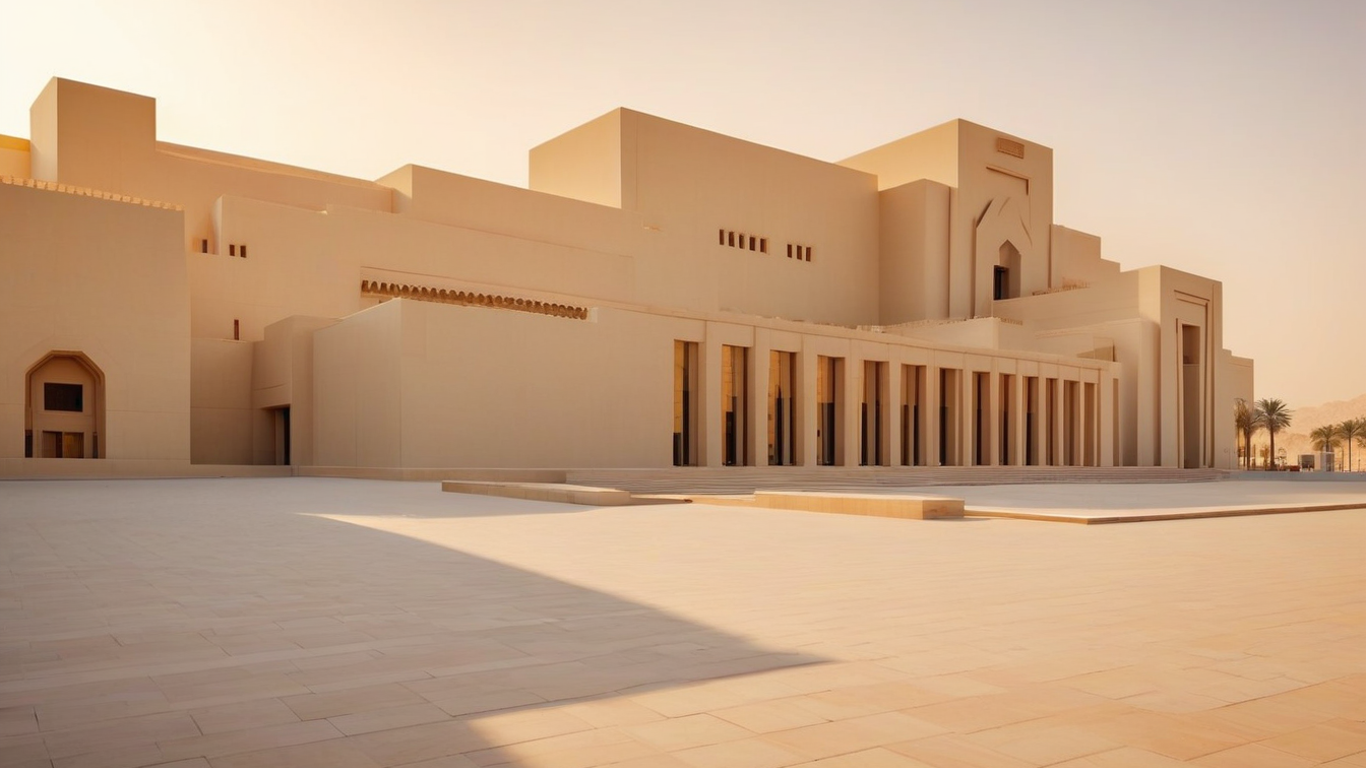
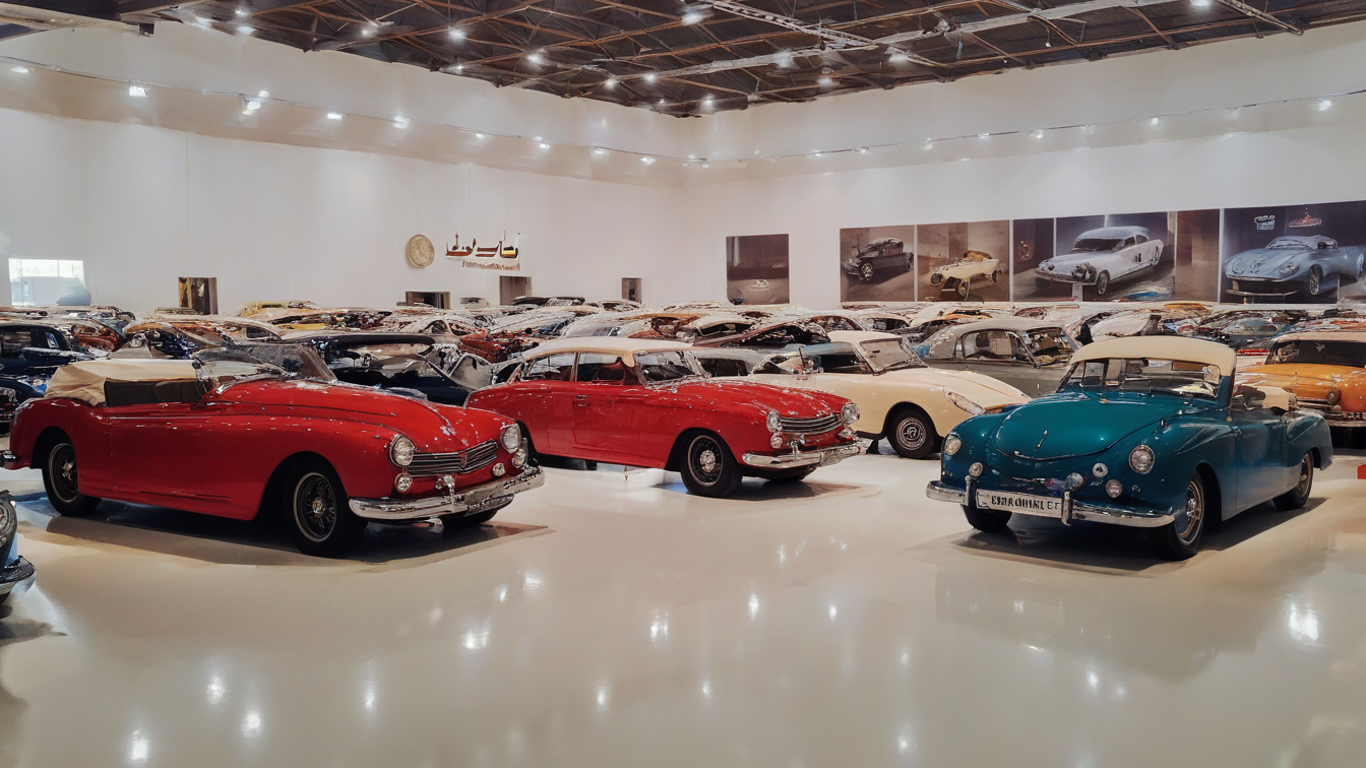
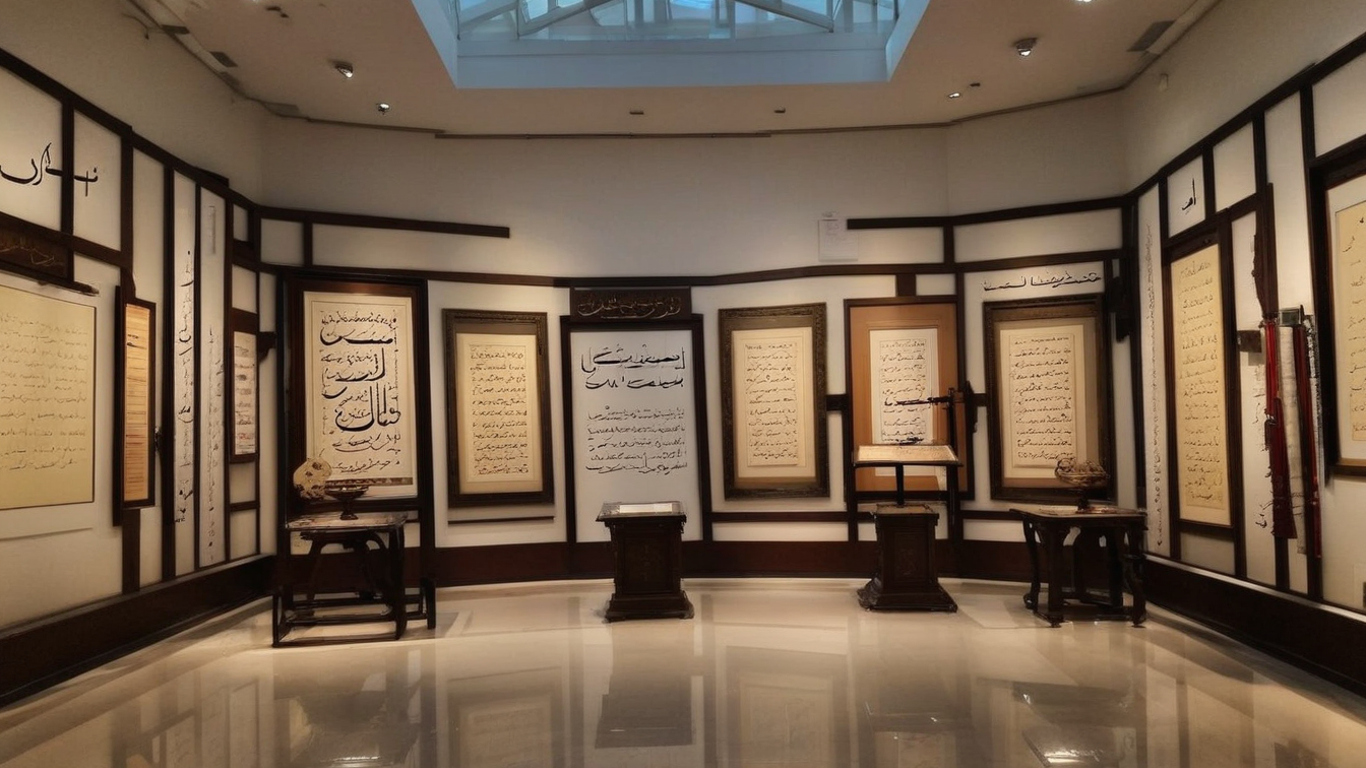

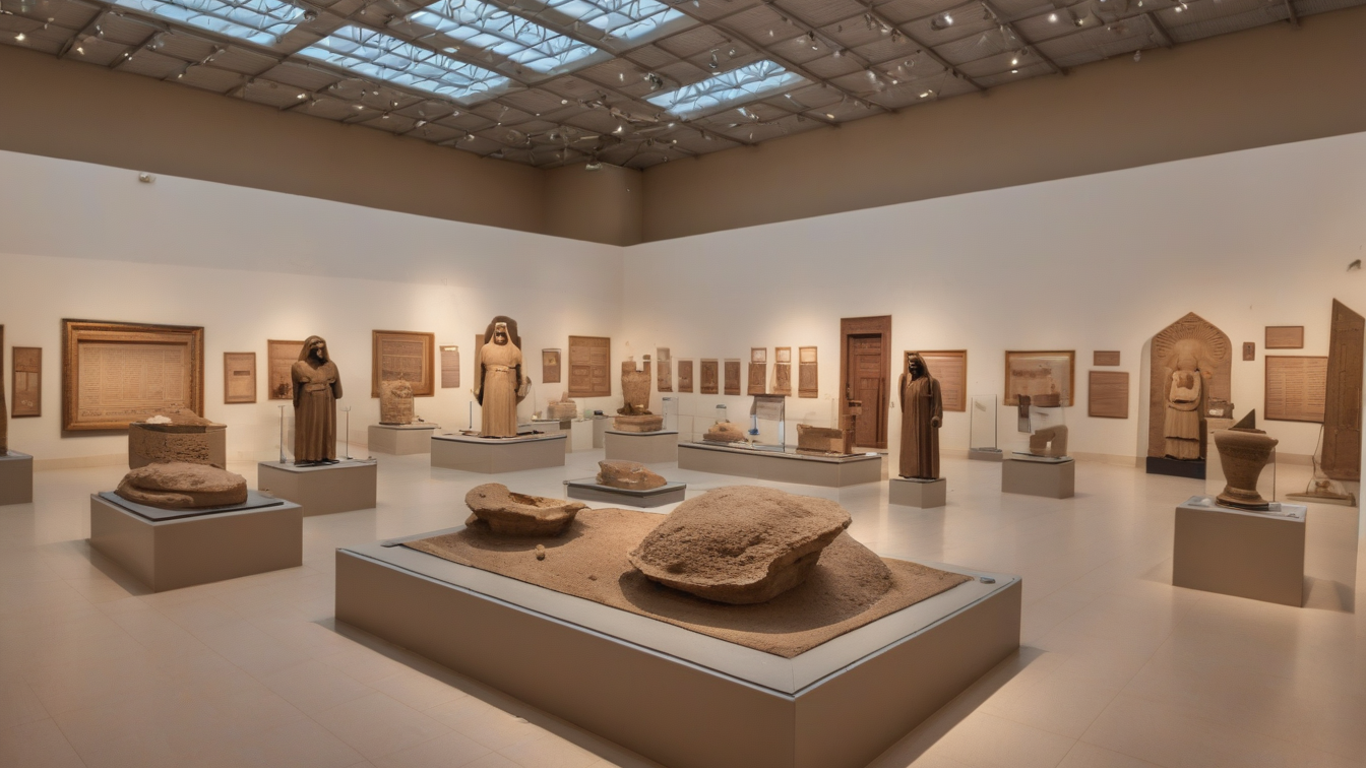
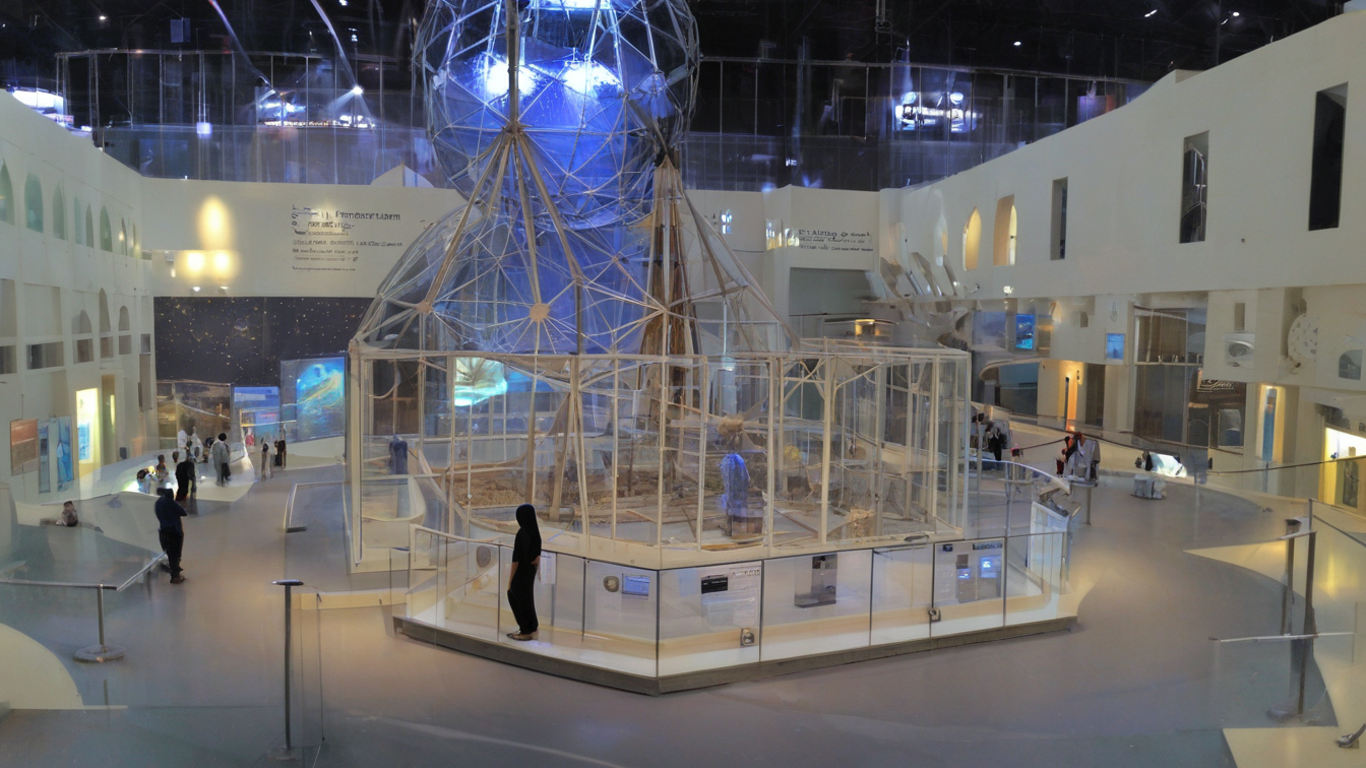
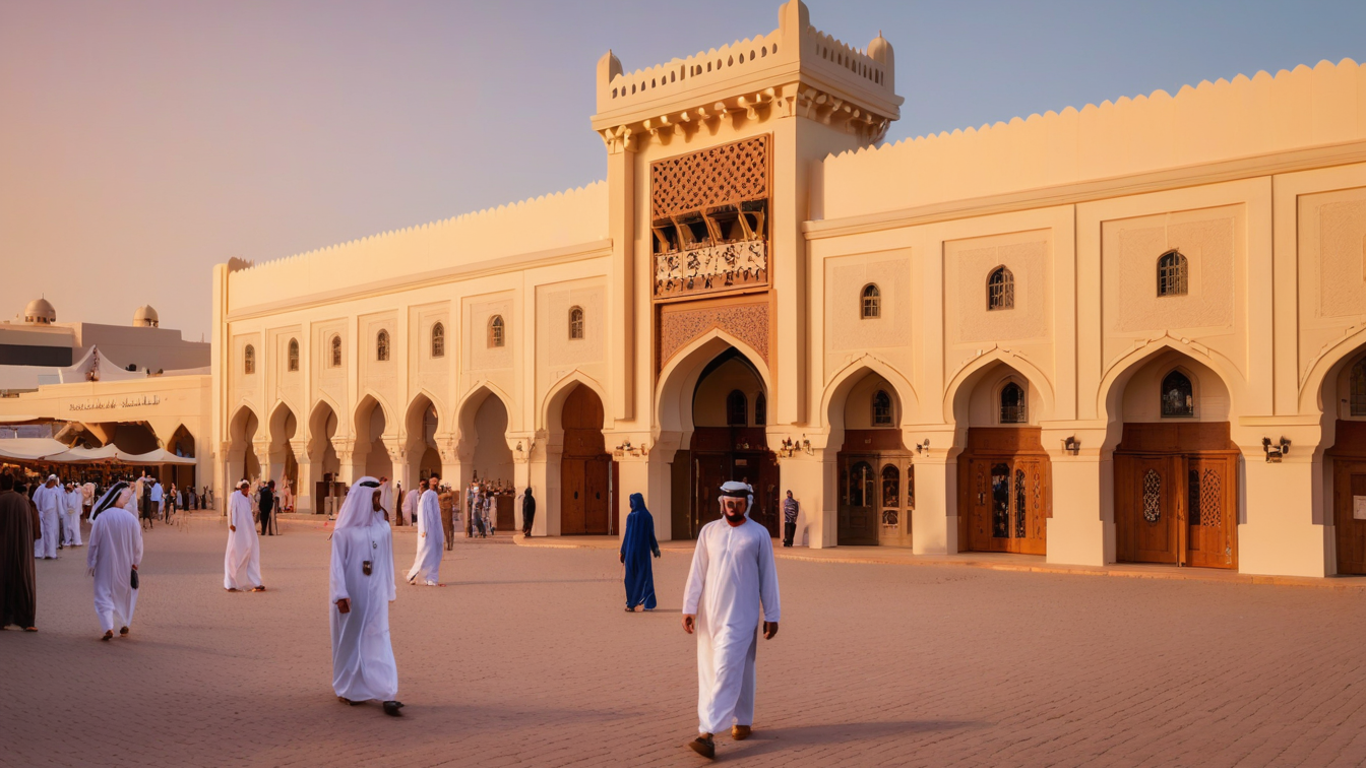

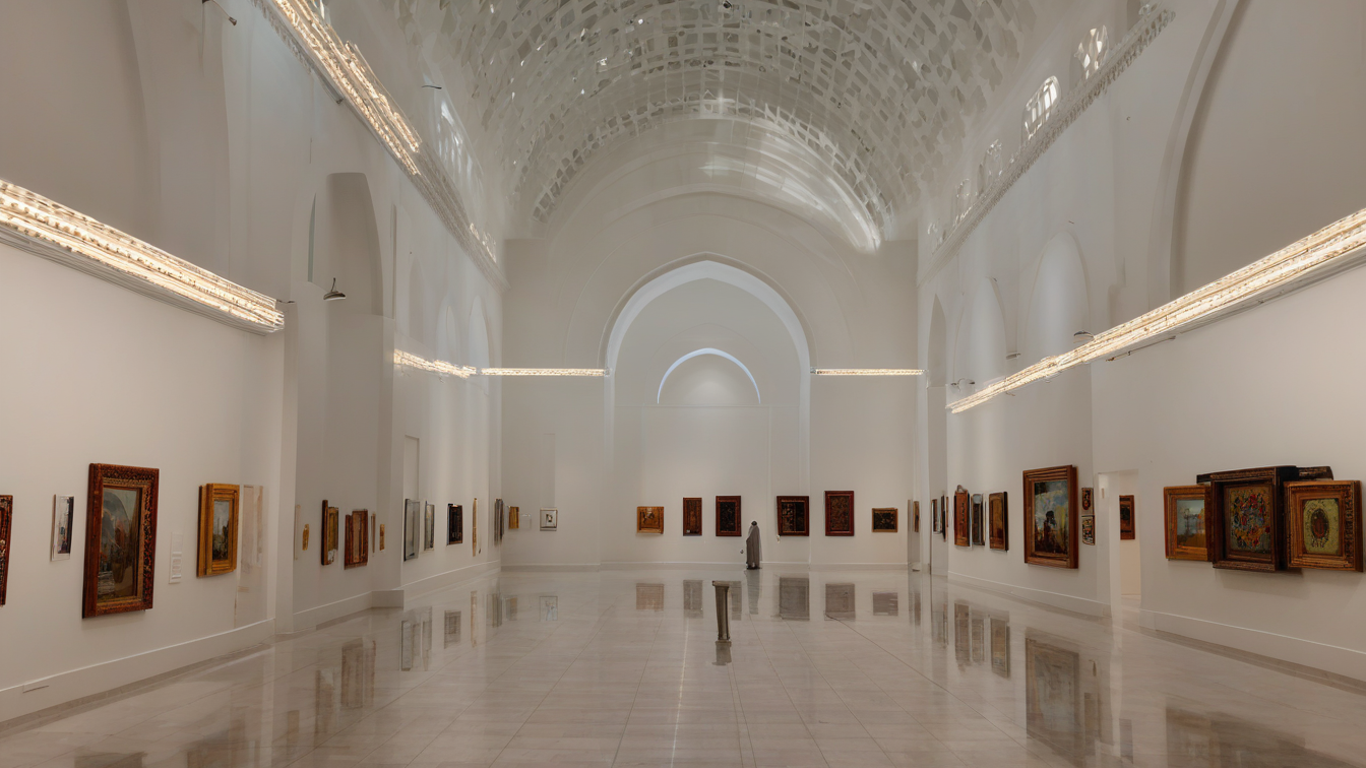
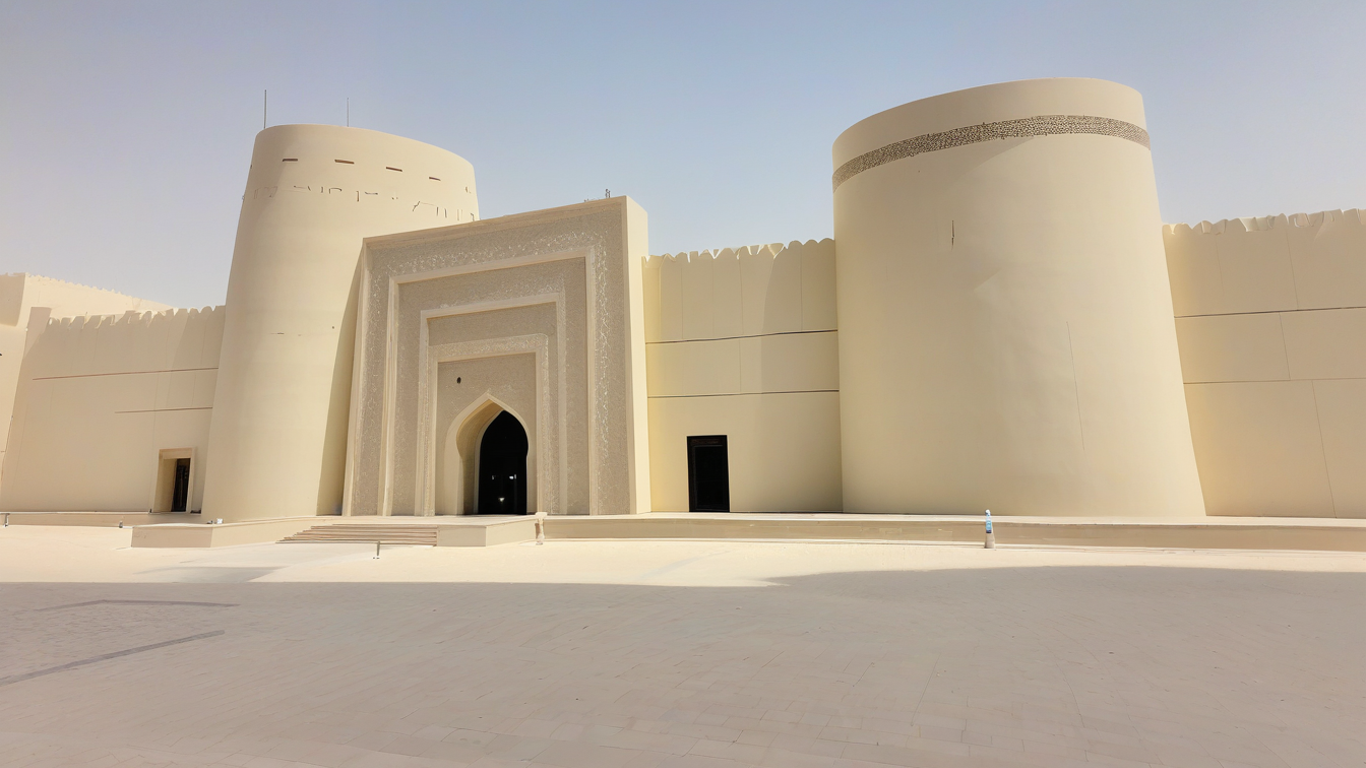
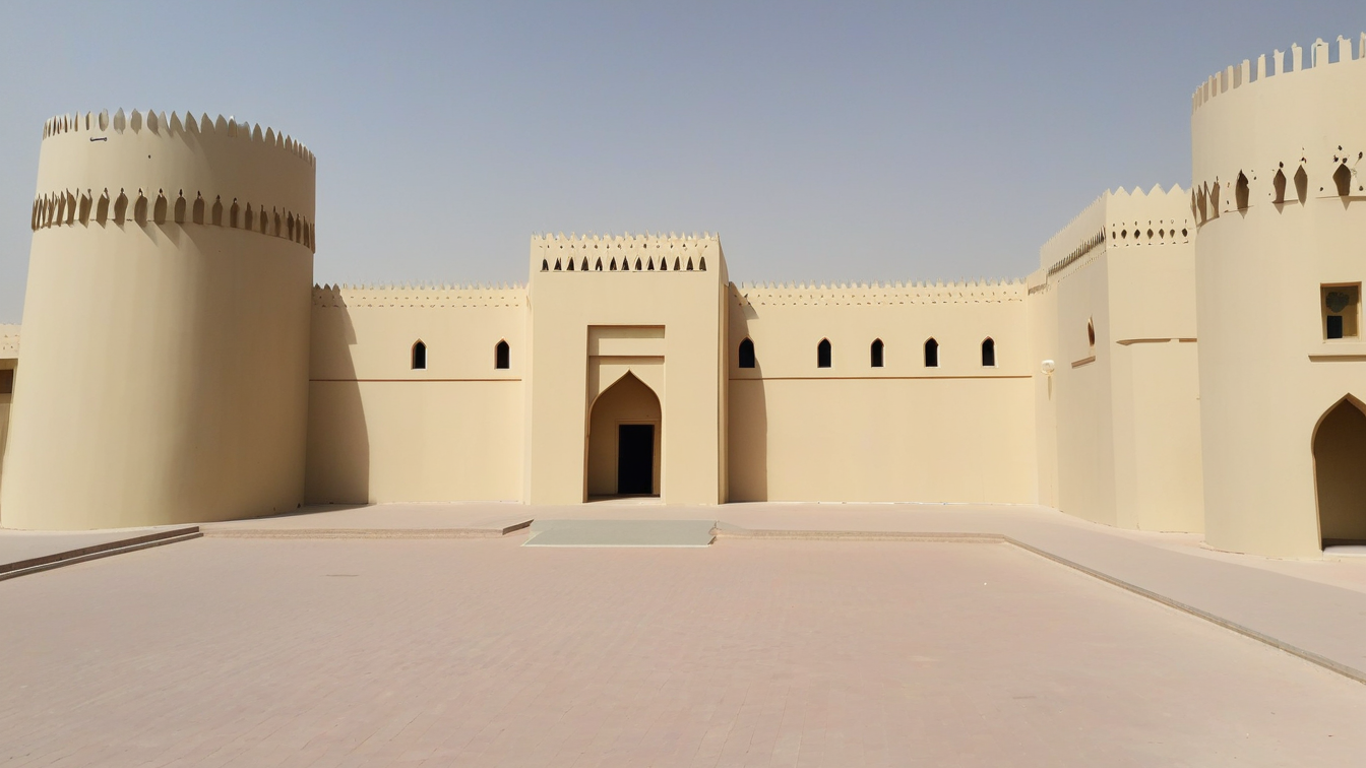


Comments (0)
{{ obj.comment_user_info.fullname }}
{{ obj.date_formatted }}{{ expandedComments[index] ? obj.comment : obj.comment.slice(0, 50) + (obj.comment.length > 50 ? '...' : '') }}
Add Comments
Login to comment